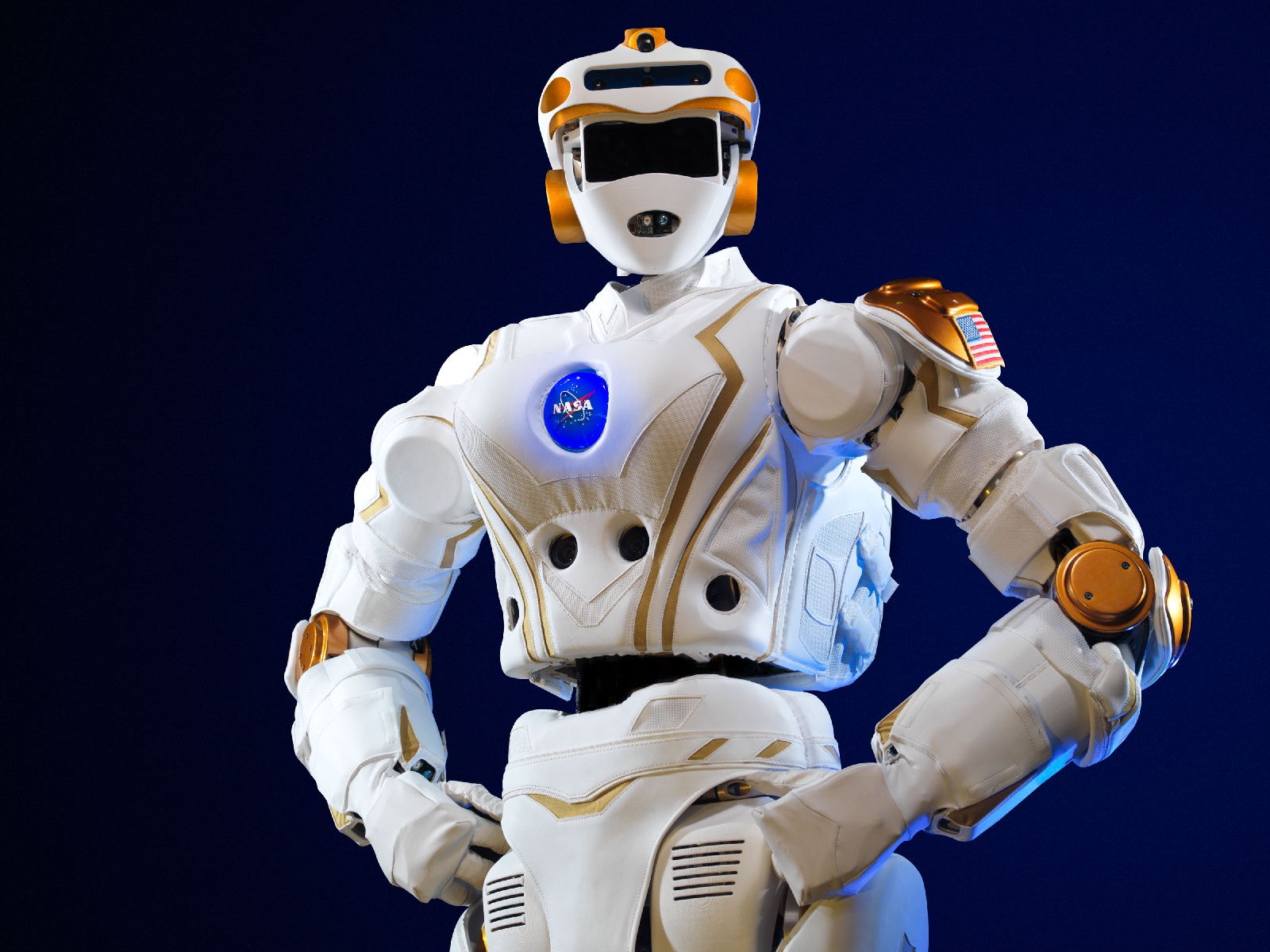This marks the second reimbursable collaboration between NASA and Woodside, with the goal of enhancing robotic remote operations. The potential benefits include improved efficiency in Woodside's offshore and remote operations, as well as increased safety for both personnel and the environment. Furthermore, the new capabilities developed may have applications not only for NASA's Artemis missions but also for other Earth-based robotics objectives.
NASA intends to leverage the experience gained from operating Valkyrie in Woodside's facilities to enhance the design of robots suited for work in dirty and hazardous conditions. Such expertise will prove invaluable for future Artemis missions, where long-term worksites and habitats will be established on the Moon.
The use of remotely operated mobile robots on the lunar and Martian surfaces could enable Earth-based operators to carry out crucial activities, even in the absence of astronauts. These activities encompass the inspection and maintenance of infrastructure and plants that rely on resources and materials to manufacture new items, thereby facilitating astronauts' self-sufficiency. Woodside's testing will also yield valuable data for NASA engineers, providing insights into the use of advanced robots in similar terrestrial applications.
Shaun Azimi, the lead of the dexterous robotics team at NASA Johnson, expresses his satisfaction with the initiation of the next phase of development and testing of advanced robotic systems. He highlights their potential to enhance life on Earth by enabling safer operations in hazardous environments. The forthcoming demonstrations will evaluate the current capabilities of advanced robots in extending the reach of humans and ensuring secure exploration and work in any location.
To transport the robot, the NASA dexterous robotics team from Johnson traveled to Woodside's headquarters in Perth, Western Australia. They meticulously prepared the Valkyrie robot and conducted training sessions with the Woodside team to familiarize them with its operations. The culmination of their efforts involved a visit from representatives of the government of Western Australia and the U.S. Consul General in Perth.
Valkyrie, alongside other advanced mobile robots, serves as an indispensable tool for enabling human supervision of dangerous work from a distance, as well as for delegating monotonous and repetitive tasks. This facilitates human engagement in higher-level tasks, including the deployment and maintenance of robots. These principles apply both in space and on Earth, as companies recognize the value of human-scale robots.
The utilization of robots to enhance Artemis missions contributes to humanity's endeavor to establish a long-term presence on the lunar surface, with aspirations to extend to other planets like Mars in the future. Through domestic and international commercial partnerships, NASA is fostering the development of the next generation of human-scale robotic capabilities.
The support and development of Valkyrie on Earth will generate valuable data and lessons learned that NASA teams can apply to ongoing and future robotics and automation development for use in space. The software development work accomplished with Valkyrie will be integrated into upcoming hardware releases, and operational demonstrations will be conducted in collaboration with Woodside as part of the reimbursable partnership between 2026 and 2027, with the aim of showcasing the robot's capabilities in relevant remote operational settings.





0 Comments